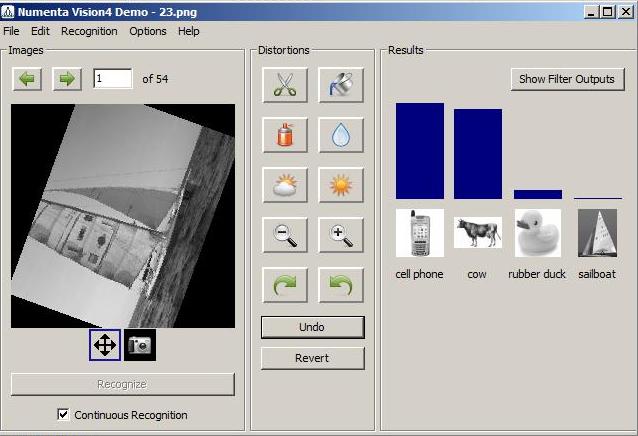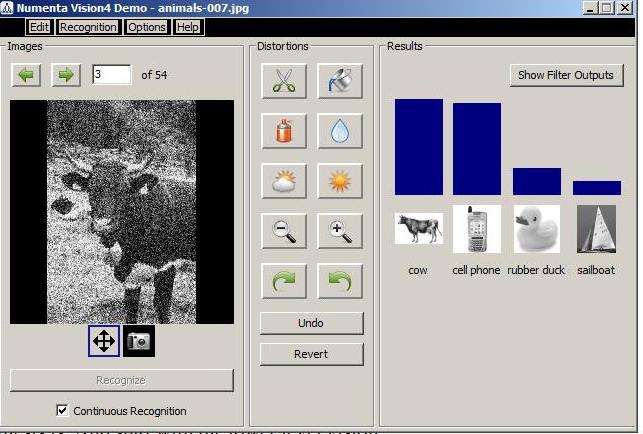FAQ, Frequently Asked Questions
Can you help me analyze these images?
We may be able to provide you with a sample of what Pixcavator can find in your images. For more meaningful results, however, the image should be analyzed by a person who knows that he needs to find in the image. One way to accomplish that is by experimenting with Pixcavator. We can help with that. However, we are unfamiliar with the terminology of your field and can’t tell what you are looking for based solely on your verbal explanations. Ideally, you would provide us with a few images that have been analyzed manually. Then we would try to reproduce your results with our software. Then, if this works, we could try to apply the analysis to other images. For more read the wiki article on technical support.
I am interested in purchasing your software. Since I work for a school I was wondering if you offered an educator’s discount?
There is only one price at this time, except for a free student version here. It has some limitations though…
I am a researcher at .. University. How do you normally handle orders/payment from a large institution?
There is just one way of purchasing at this time - by credit card (or PayPal) - that does not involve contracts, invoices, etc.
Is there any way to utilize Pixcavator from within a Visual Basic application, so I could streamline the process of obtaining the information that we need?
The whole Pixcavator is written in C++ using MS Visual Studio. There is also a way to call a C++ library from a Visual Basic program.
Can I apply a conversion factor to convert area in pixels to area in sq-in, or would I need to do that in Excel afterward?
At this time there is no feature that would convert automatically, so, yes, you’d have to use Excel.
How can I known the total number of pixels for each color in the attached image?
Unfortunately, Pixcavator does not have this feature at this time. The way the current version of Pixcavator analyzes image is channel by channel. A feature similar to what you need is planned for 2009. If you would like to be informed about the latest developments, please sign up for our newsletter here.
What is the runtime fee for the library? Is it $150?
Pixcavator itself costs $150. The price of the library highly depends on how you use it and other circumstances. You can try the free version described here.
I’m trying to transfer my copy of Pixcavator to my new machine. However, during activation I get an error that the maximum number of activations is reached. Is there anything that you can do about this?
We encounter installation issues once in a while. They are usually quickly settled. Activation, however, is taken care entirely by Protexis. Please visit their support site.
Can I get a refund for Pixcavator?
Yes, within 30 days. You will have to contact us first then the refund will be processed by Protexis as the seller of record.
I can’t copy Pixcavator to another computer. Is Pixcavator a single-try demo version?
No, but it is licensed to one computer at a time. You should just reactivate it.




